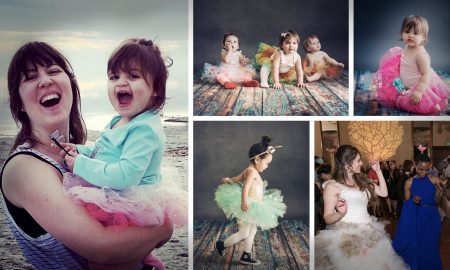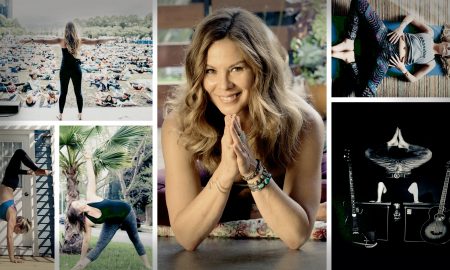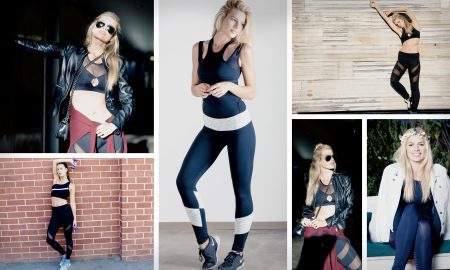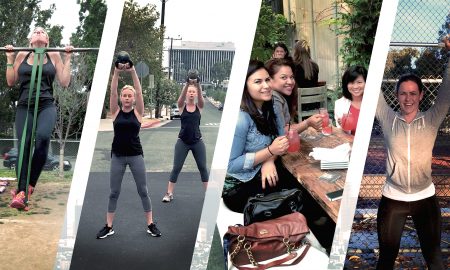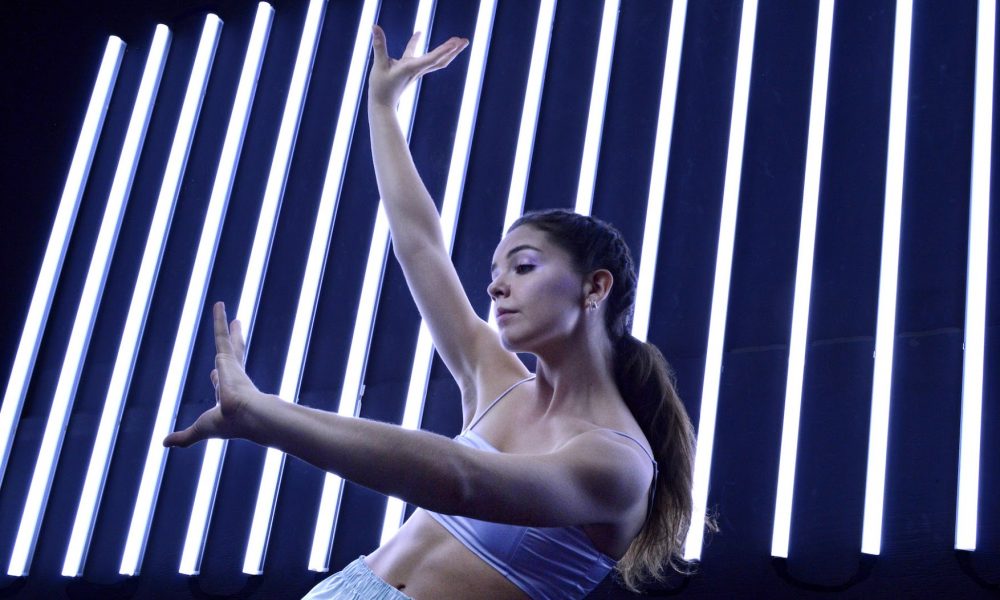

Today we’d like to introduce you to Catalina Jackson-Urueña.
Catalina, let’s start with your story. We’d love to hear how you got started and how the journey has been so far.
Faerie wands and scarves came first, then feathers, rocks, and sticks, and then chopsticks and lai see. Running around the dance studio improvising with these materials was a staple of my creative childhood. We improvised our breakfast food across the floor and created movement stories with dancers with Parkinson’s Disease. My home studio Danspace offered me traditional Western techniques and also gave me access to Butoh, composition, freedom of imagination, and a multigenerational dance community. With Claudine Naganuma’s dNaga Dance Company, I performed at the World Parkinson Congress ‘16 and volunteered with the Girl Project, a girl’s empowerment workshop. As a teen, I attended summer intensives at Alvin Ailey and Alonzo King Lines, etc. but was never a competition dancer; while I loved So You Think You Can Dance, my values and instinct always pointed me back to nature, creation, and community.
After studying Afro-Brazilian movement in High School, traveling to Haiti, Greece, and Turkey, I attended CalArts. There I delved into collaboration, installation work, dance film, and site-specific work. Through CalArts, I danced at Camping in Paris and London Contemporary Dance School on exchange. After graduating, I worked with A. Ordaz Dance & Jinglin Lao before joining MashUp Contemporary Dance Company. Just before the pandemic reached LA, my colleague Abriel Gardner and I had just completed a residency at Brockus Project Studios and were readying a second gallery opening of our piece, and counting. Being an artist during this time of isolation and uncertainty is both a joy and an anxiety-ridden practice. Zoom gatherings and classes pale in comparison to the energy exchange and collaboration of face to face work. It is a moment for the dance community and the artist community to reevaluate the systems and subjects that facilitate and present art to the public. Especially now that many of LA’s spaces for dance have closed their doors.
Great, so let’s dig a little deeper into the story – has it been an easy path overall and if not, what were the challenges you’ve had to overcome?
Any artistic practice dealing with, through, or about the body is inherently difficult. There is identity to negotiate, race, gender, body image, physicality, mentality… a constant reorganization of thought and consideration of new ideologies and techniques. Not to mention growing up an artist directly places you against social expectations. You’re often seen as someone with a glorified hobby; someone who isn’t doing any “real work”. Being an artist means constantly questioning your path, purpose, financial wellbeing, and value. Being white-passing Colombian-American and less than fit for ballet body taught me a lot about the roots of dance history and society’s desires for a dancer.
We’d love to hear more about your work and what you are currently focused on. What else should we know?
I am a movement-based artist interested in installation work, film, site-specific work, and immersive experience. I adore the way movement acts as a form of healing, research, connectivity, a site of discovery, intelligence, and play. As a mover, these sensorial aspects of dance are part of the reason I continue. As a maker, seeing the performers experience of these aspects of dance and how that visibility of physical and emotional intelligence meets the viewer entices me.
Recently, I have been inspired by the intersection of design and dance. The ways that fabric and plastic can fragment the body create resistance, shape, or container for an amorphous body to emerge. Shifting the perception of the human form in an apocalyptic time, when being human is so painfully clear, is a space for reimagination, reflection, and change for how humanity can exist and act together.
As a performer, I am curious to see how the dance/entertainment industry will grow and change. Which opportunities for work will flourish and what types of artistic work will struggle? How will dancers respond? How will our physical lives be rerouted under online platforms? How will this change the type of work we are interested in and produce?
A certain stagnancy has been working against myself and many artists I know. The pandemic from time to time has paralyzed artistic voices. It is difficult to not feel frivolous; to not feel useless in the midst of much uncertainty and violence as a dancer. I ask myself daily, ‘what can dance do for us right now?’
I’m interested in community based solutions, ways we can continue to dance without the burden of business and profit, and what that looks like in a city like Los Angeles.
I am interested in how artists can live financially stable lives. Let’s make it taboo to not pay artists for their work; let’s make it taboo to ask an artist to work for free under the promise ‘it’s great exposure and good for your resume!’ We are necessary. I want to see artists thriving, valued, together, and paid.
Keep the conversation going, let’s talk! Let’s work! Let’s be together and play!
Is there a characteristic or quality that you feel is essential to success?
Collaboration, community, commitment, belief, and play.
Contact Info:
- Website: catabaila.com
- Phone: 5109262673
- Email: [email protected]
- Instagram: https://www.instagram.com/catabaila/
- Other: https://vimeo.com/user46695759










Image Credit:
Illustrations by Gabriela Escovar. Photos by Rafael Hernandez, Noel Rico, Natalie Alvarado, Marissa Mooney, and Kelly Mustapha.
Suggest a story: VoyageLA is built on recommendations from the community; it’s how we uncover hidden gems, so if you or someone you know deserves recognition please let us know here.


